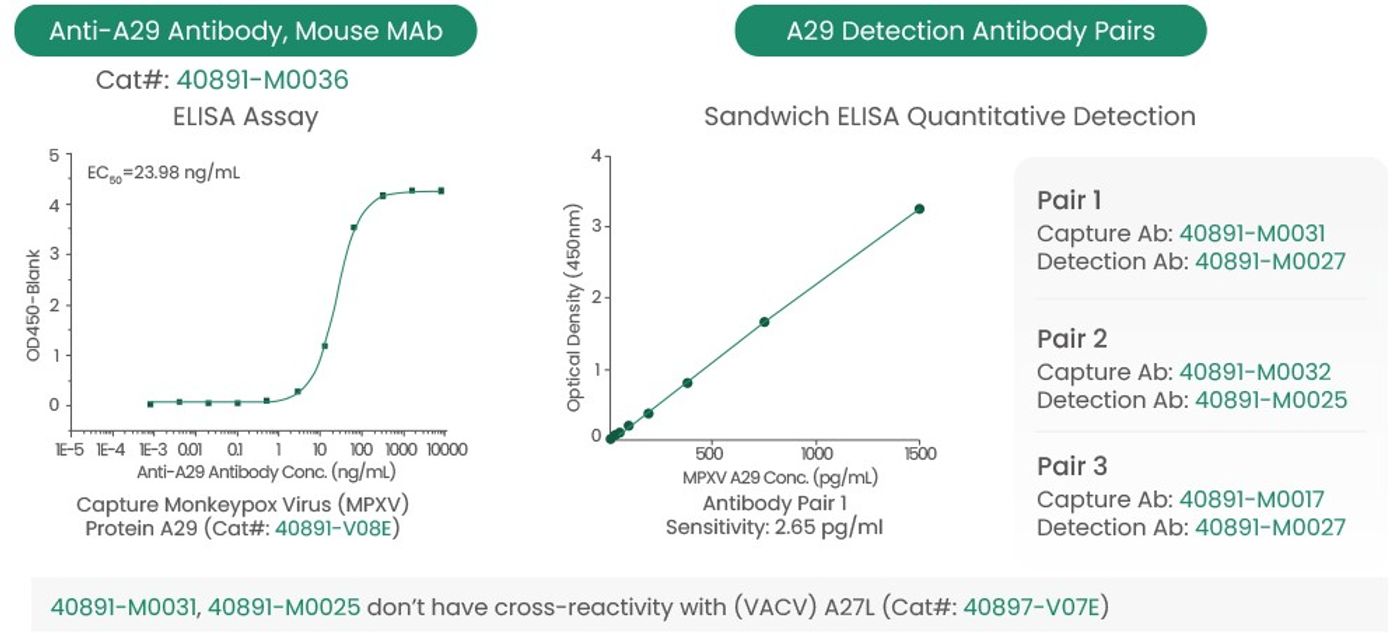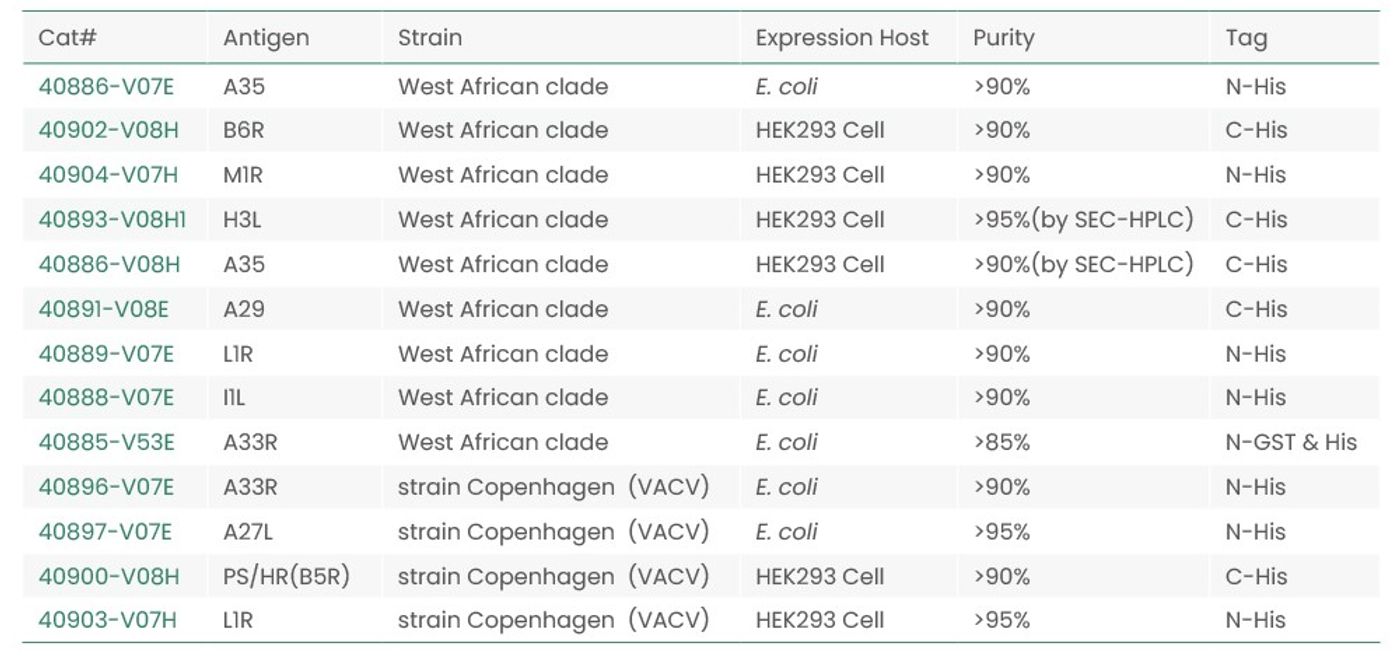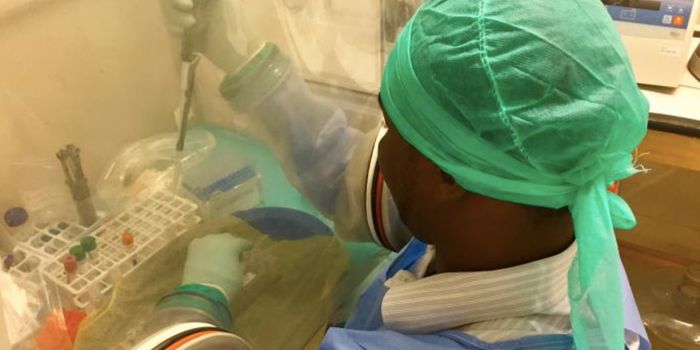The return of Monkeypox: the need for new research and immunodiagnostics
Introduction
Monkeypox virus (MPXV) is an old virus that has recently grabbed attention because of its emergence in uncommon regions of the world. MPXV, which causes the Monkeypox virus disease (MPX), is generally endemic to Western and Central Africa. MPXV was first isolated in 1958 in Copenhagen, Denmark, and the first case of MPX was reported in 1970 in Central Africa. MPXV has two distinct clades, the Congo Basin and the West African clade, which occur in Central and West Africa, respectively. The Central clade is known to cause a more severe infection compared with the West African clade. In 2003, the first cases of MPX in the United States appeared. MPX was predicted to become a more widespread infection at that time, but it was contained without a significant rise in the number of cases. It was not until 2022 that the spread of MPX became a global concern as the number of cases increased throughout the Western Hemisphere.
MPXV is a member of the poxviruses, the Orthopoxvirus (OPXV) genus, and the Poxviridae family. A well-known member of the poxvirus family is smallpox. The clinical features of MPX are similar to that of smallpox, which includes rashes, lesions, and pustules, accompanied by flu-like symptoms. However, unlike smallpox, MPXV is milder and has a low mortality rate. The viral transmission in humans occurs through direct and prolonged contact with fomites, infected animals, or other infected individuals. A large portion of the 2022 outbreak cases is linked to intimate physical contact with an infected individual.
Monkeypox proteins in immunodiagnostics
With the emergence and rise of MPX cases in the US and other non-endemic countries, the need for an enhanced understanding of the mechanisms of virus infectivity and virulence has become important. MPXV is an enveloped, double-stranded DNA virus. Such viruses can exist in two distinct forms: an intracellular mature virus (MV) and an extracellular enveloped virus (EV). MPXV can enter the cell through cell attachment and fusion or MV is released from infected cells by lysis, whereas EV exits host cells through exocytosis.
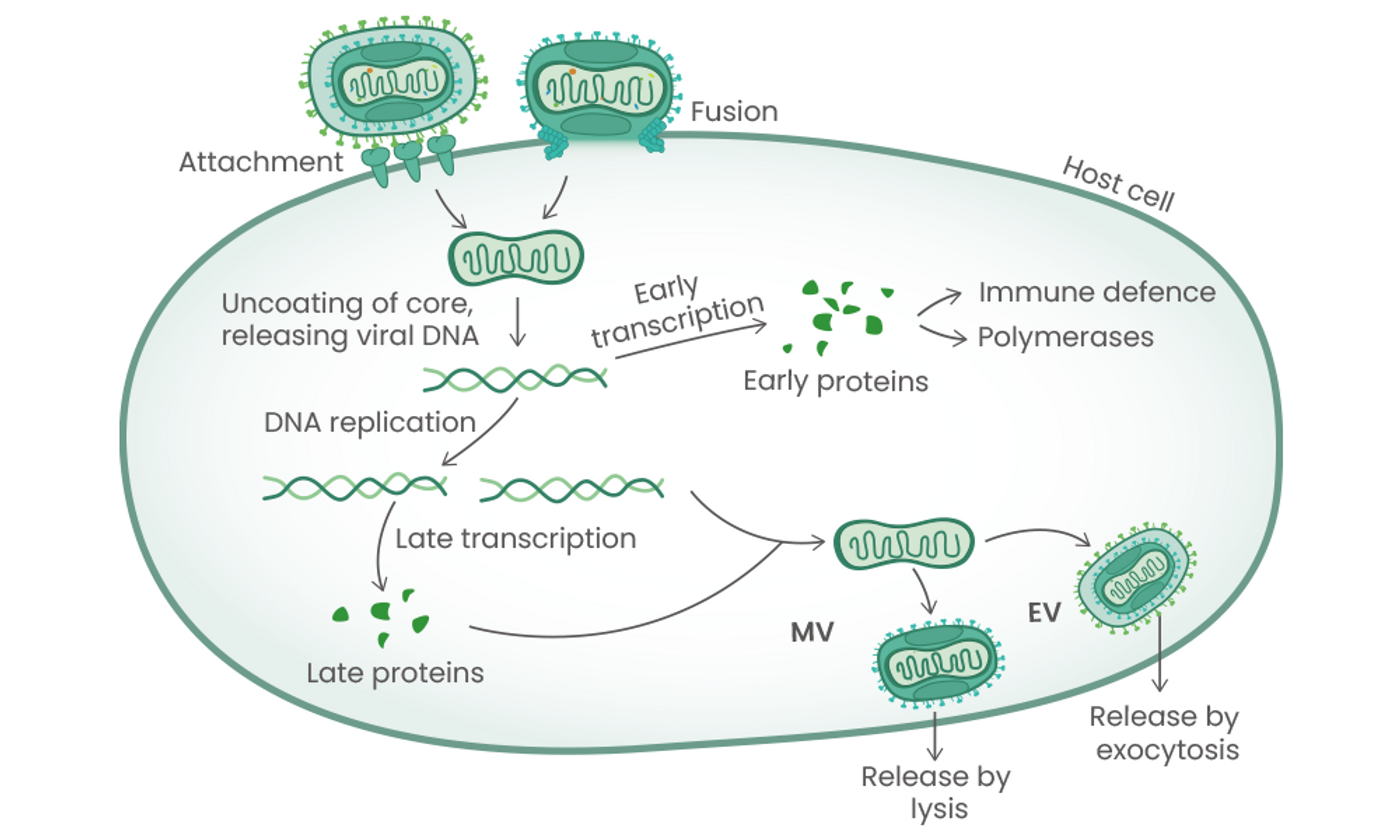
Some key MPXV proteins are homologous to the vaccinia virus (VACV), which is the model poxvirus. Examples of these proteins include A35R (VACV-A33R), A29 (VACV A27L), B6R (VACV-PS/HR), M1R (VACV-L1R), H3L (VACV H3L), and L1R (VACV J1R). These proteins are involved in promoting virulence, assisting the virus in attachment and entry into the host cell, viral particle replication, packaging, and inhibition of the host immune response (Table 1). Overall, these proteins collectively make the process of viral morphogenesis and the subsequent pathogenesis possible. Thus, it is of particular interest to study MPXV in detail to decipher the role of these viral proteins in promoting and causing MPX.
Table 1: Selected Monkeypox proteins and their functions
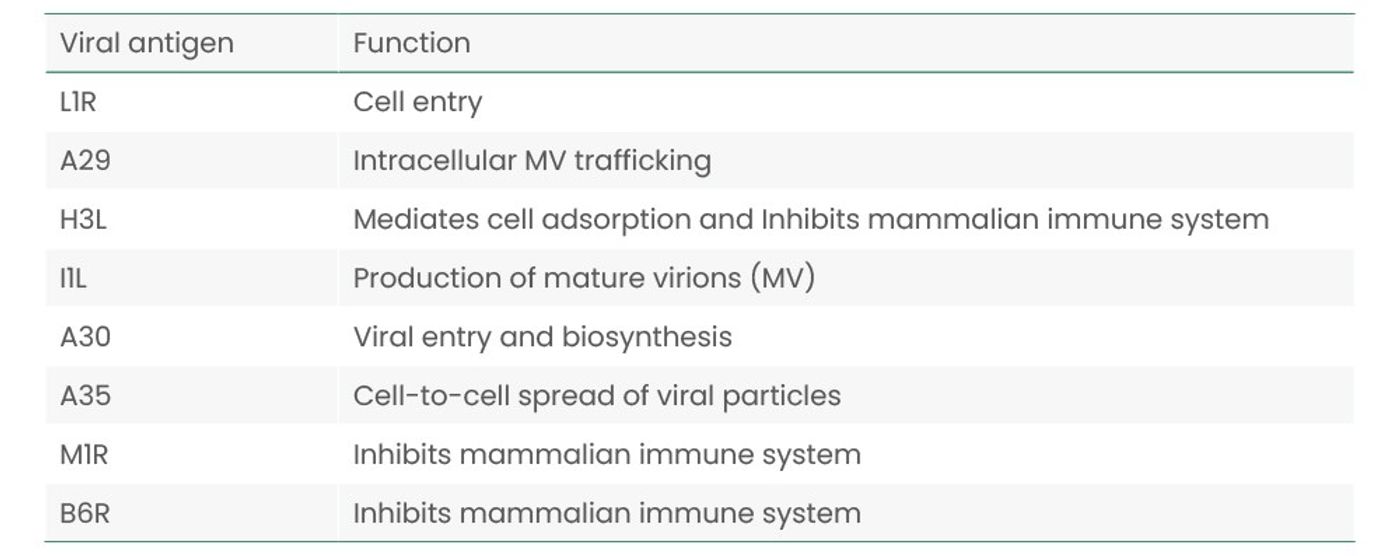
Monkeypox proteins & antigen detection antibodies
To serve researchers in this quest, Sino biological offers a variety of MPXV proteins and antibodies to accelerate the process of production of improved immunodiagnostics and vaccine development, similar to what it has done for SARS-CoV-2 research. Currently, Sino biological has sensitive and specific MPXV antibody pairs for ELISA to capture and detect the A29 MPXV protein (Table 2), with western blot applications as well. A collection of purified recombinant MPXV proteins from different expression systems are also available to facilitate MPXV research (Table 3).
Table 2: Monkeypox antibodies for ELISA and western blot analysis
Table 3: Monkeypox proteins available for research purposes
Sources and References
Kumar, N., Acharya, A., Gendelman, H. E., & Byrareddy, S. N. (2022). The 2022 outbreak and the pathobiology of the monkeypox virus. Journal of Autoimmunity, 102855.
Taub DD, Ershler WB, Janowski M, Artz A, Key ML, McKelvey J, Muller D, Moss B, Ferrucci L, Duffey PL, Longo DL. Immunity from smallpox vaccine persists for decades: a longitudinal study. Am J Med. 2008 Dec;121(12):1058-64. doi: 10.1016/j.amjmed.2008.08.019. PMID: 19028201; PMCID: PMC2610468.
Weaver JR, Isaacs SN. Monkeypox virus and insights into its immunomodulatory proteins. Immunol Rev. 2008 Oct; 225:96-113. doi: 10.1111/j.1600-065X.2008.00691.x. PMID: 18837778; PMCID: PMC2567051.
Xiang Y, White A. Monkeypox Virus Emerges from The Shadow of Its More Infamous Cousin: Family Biology Matters. Emerg Microbes Infect. 2022 Jun 24:1-14. doi: 10.1080/22221751.2022.2095309. Epub ahead of print. PMID: 35751396.
